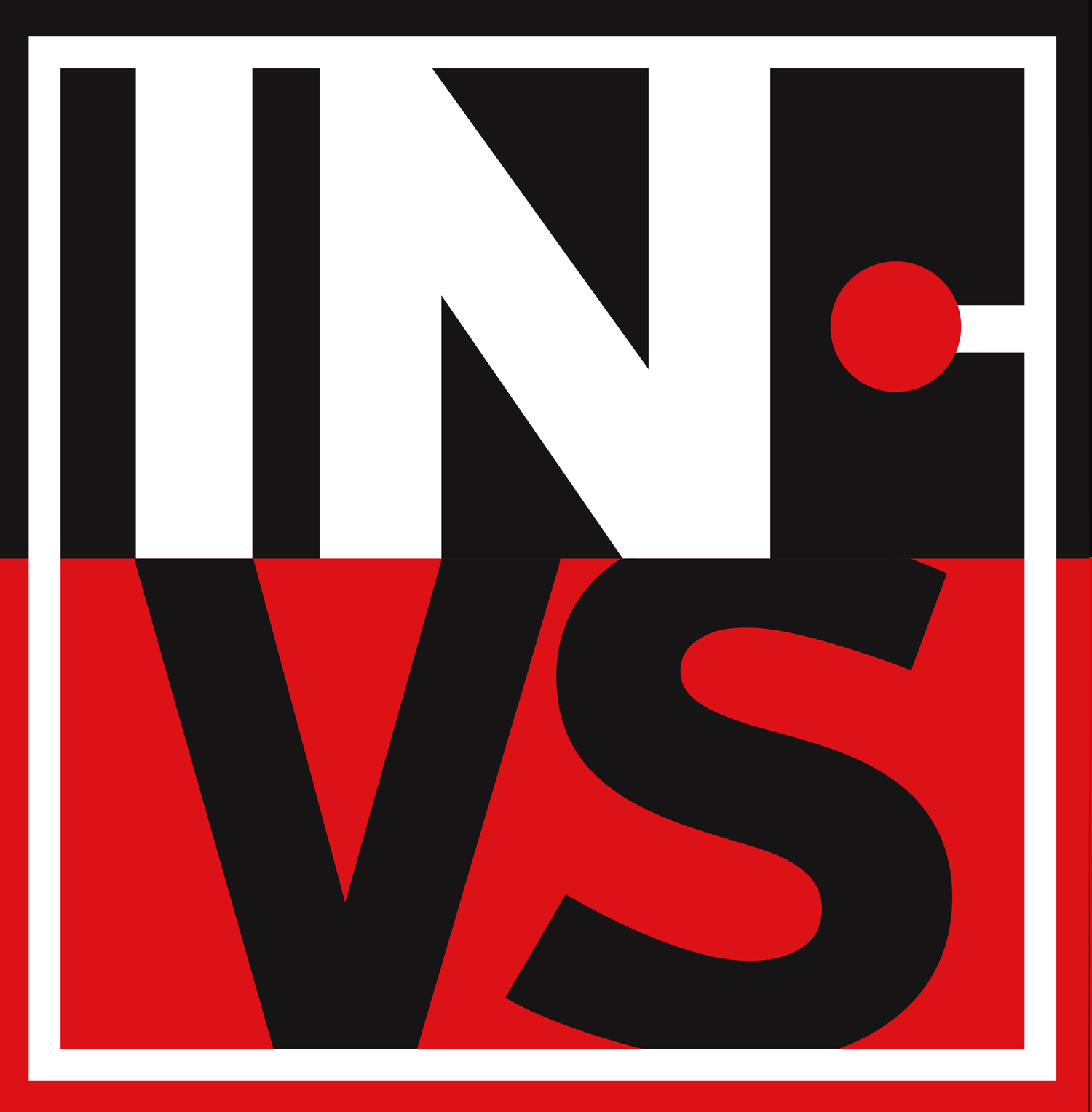AI Getting Personal: Building Proteins from Scratch
Image Source: Nature.com
By Alison Nottingham [3 minute read]
Artificial Intelligence is about to get personal. By personal, this is not a reference to data analytics from objective measurements, such as predicting and deducting one’s feelings, offering insight, or proactively identifying your next action. This is a reference to the regulation of biochemical enzymatic activity and chemical reactions inside the human body’s cells. AI is getting personal by regulating cell functions inside the human body.
ProGen AI
The deep-learning language model is called ProGen. This was recently demonstrated by Salesforce AI Research in collaboration with the lab at the University of California San Francisco to generate protein sequences with predictable functions. It is altering how we interact with nature as ProGen has been trained on 280 million protein sequences.
Original Image Source: Motion Array
Naturally, the human body has numerous intricately structured proteins that are uniquely folded to carry out responsibilities for metabolic reactions, coordinating bodily functions, repairing the body’s tissues, etc. Forgotten details in a naturally designed protein will render it inadequate and useless. However, scientists are using AI to develop novel proteins structurally and significantly different from those made in nature. In fact, the AI-developed proteins are so significantly different from those made in nature, they only have a low 31.4% resemblance. (cite) This low protein identity wouldn’t have a chance to function properly if nature made, and would be useless However, even at 31.4%, AI proteins have proven effective, efficient, and considered advanced. This computational technology is reaching its product design faster and revolutionizing structural biology.
From an interview with Megan Settle, a Microbiologist and Molecular Biologist from the Cleveland Clinic and Cleveland State University:
“AI is accelerating the evolutionary process of genetic mutation by learning the language of amino acids and creating novel proteins that have the potential to alter how we treat infectious disease and develop new therapies for human conditions”.
- Megan Settle, Microbiologist and Molecular Biologist
AI to Predict Disease & Prevent Pandemics?
AI-generated proteins can help us understand our human body in a different context. This can potentially make bacterial killing proteins to combat disease in various forms, speed up vaccine developments, and cultivate novel proteins for cancer identification. Along those thought lines, is it possible AI can predict the future state of diseases so that we are more prepared? Furthermore, an AI predict pandemics to help prevent infectious outbreaks?
AI Becomes a Team Member in the Lab?
The AI algorithm is using a method that shifts its problem-solving approach to a faster course of action. It has bypassed nature's impediments and mimicked how proteins fold to make their own structurally and functionally compatible proteins. It has transformed data into a decision-making process to reach goals and success, and it is becoming more and more clear how AI can align its data to provide value with sustainability. AI is starting to be considered more than an advanced tool. It is becoming more like a “highly qualified team member” that improves the output of the entire team, humans and machines working together, bringing value to humanity.
About the Author: Alison Nottingham is the EVP of InnovateNOW, LLC and a Partner of Nottingham Unlimited Ventures. She has a Masters in Science and has previously worked for The Cleveland Clinic and University Hospitals in Molecular and Cellular Biology and Cardiovascular Medicine.


